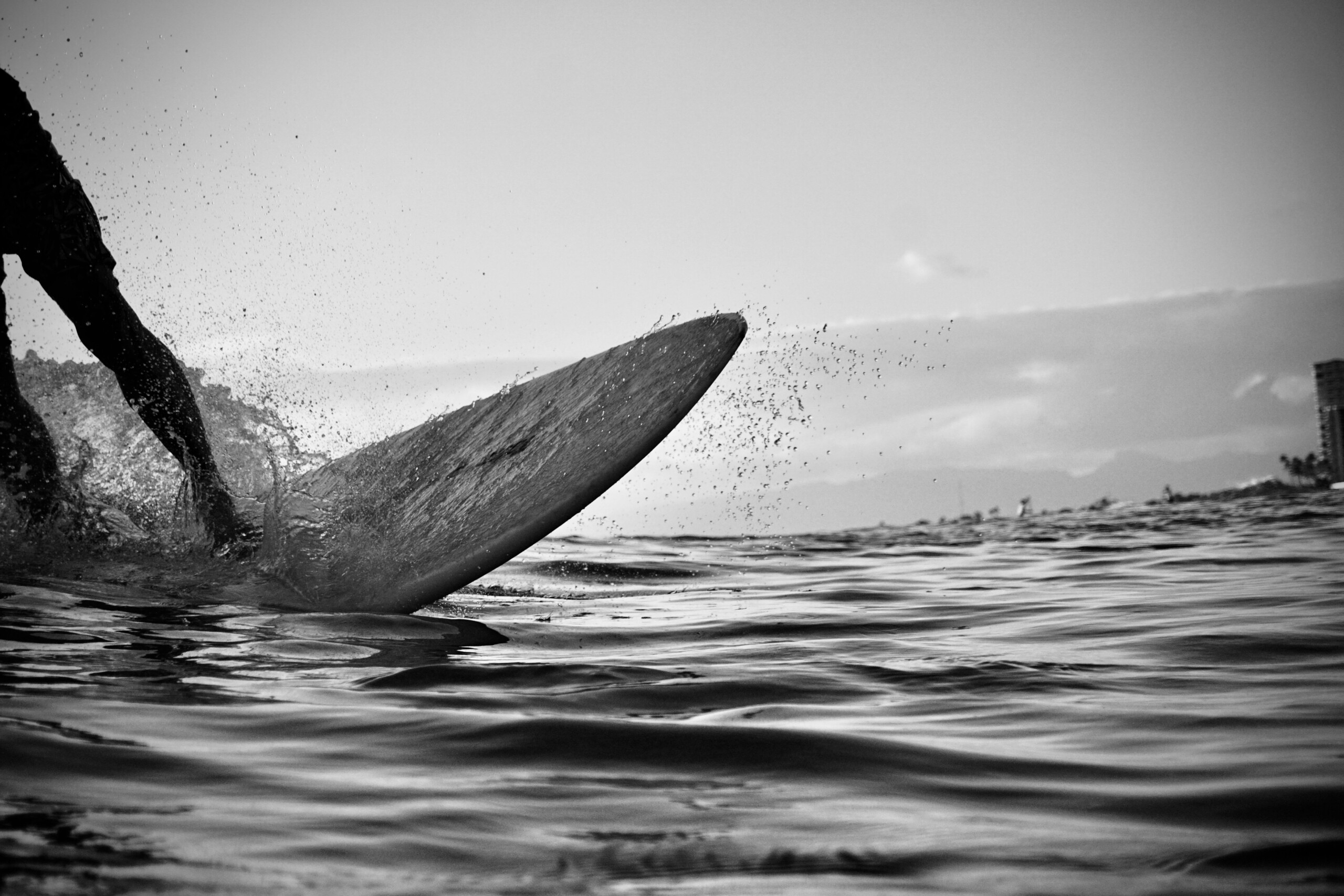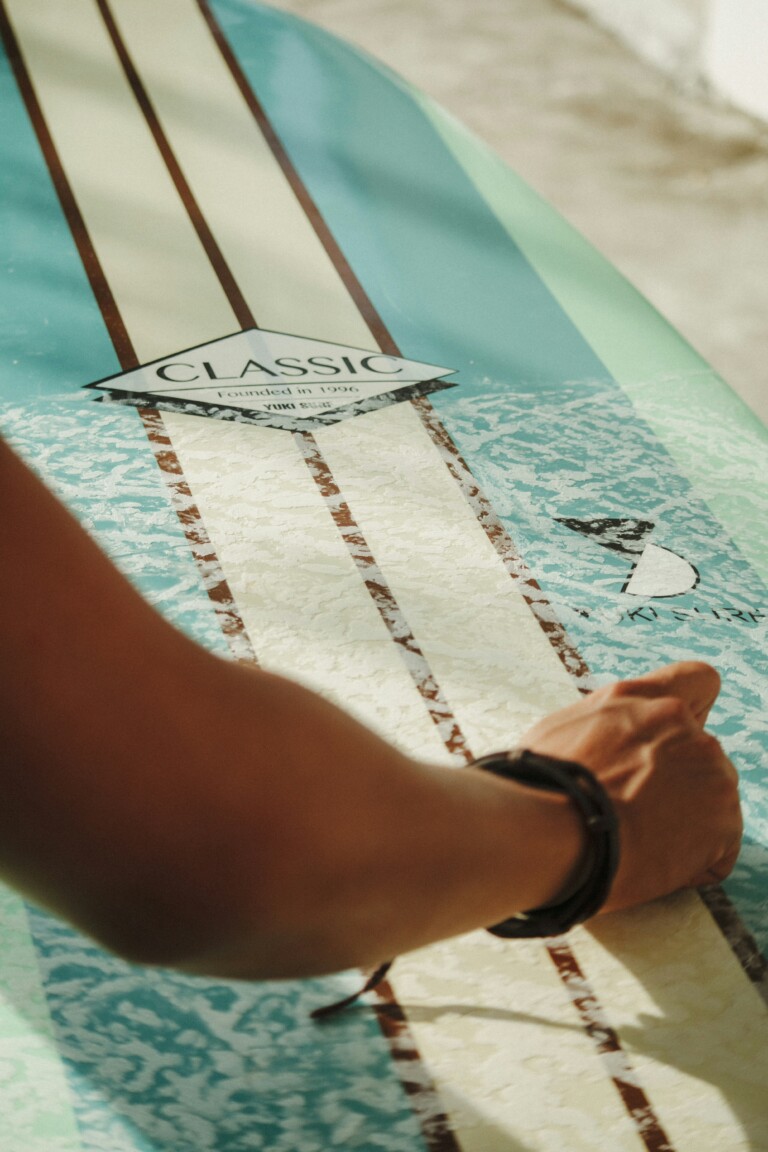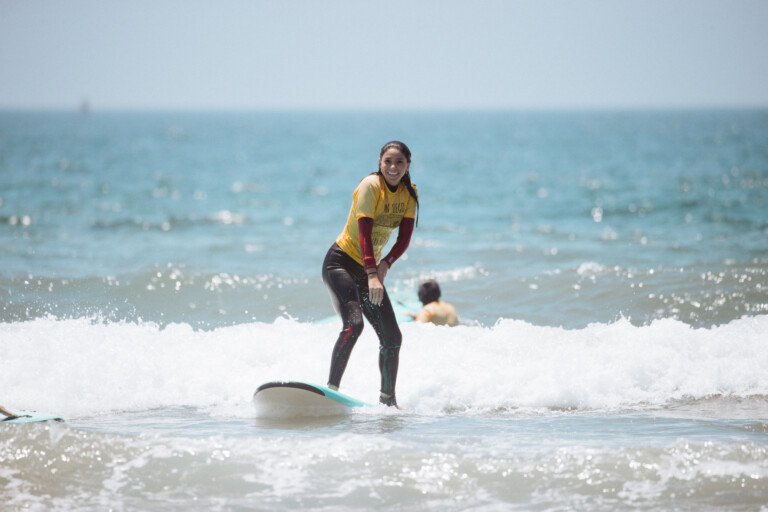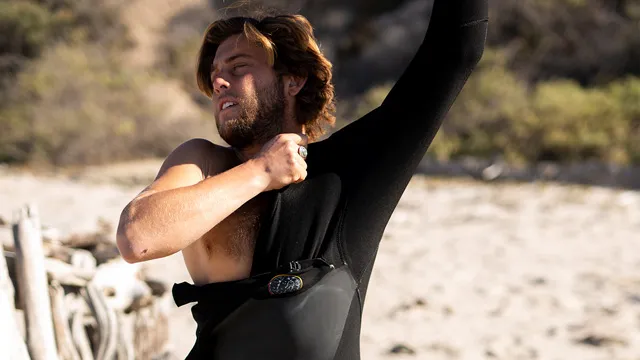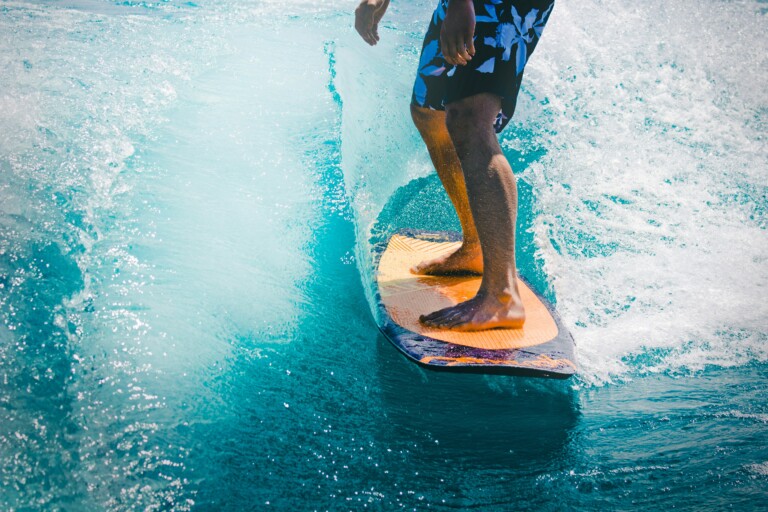Surfing in San Diego is more than just a hobby; it’s a way of life. However, like any sport, surfing has its learning curve. Beginners may often find themselves struggling with common mistakes that can hinder their progress. Some of these common mistakes we see are nose diving, foot placement, and positioning. Check out these tips on how to overcome them.
Nose Diving:
One of the most frustrating experiences for beginner surfers is nose diving, where the front of the surfboard digs into the water, causing the rider to fall forward. This often happens when a surfer fails to distribute their weight properly or misjudges the timing of their pop-up.
Solution:
- Proper Weight Distribution: Beginners should focus on keeping their weight centered on the board, with slightly more weight on their back foot to prevent the nose from submerging.
- Timing and Technique: Learning to pop-up swiftly and smoothly is crucial. Surf lessons in San Diego often emphasize proper pop-up technique, which involves pushing up with the arms while simultaneously bringing the feet under the body in one fluid motion.
Foot Placement:
Effective foot placement is essential for maintaining balance and control while riding a wave. Many beginners struggle with finding the right positioning for their feet on the surfboard, which can lead to instability and falls
Solution:
- Front Foot Alignment: The front foot should be positioned slightly behind the midpoint of the board, with toes pointing forward or slightly angled toward the rail.
- Back Foot Placement: The back foot should be placed near the tail of the board, providing stability and control. Beginners can practice finding the optimal placement through trial and error, adjusting based on their comfort and balance.
Positioning:
Proper positioning in the lineup is crucial for catching waves efficiently and safely. Beginner surfers often find themselves either too far inside or outside, missing out on potential rides or getting caught in the impact zone.
Solution:
- Understanding Wave Dynamics: Surf lessons in San Diego typically include instruction on reading waves and understanding the lineup. Beginners should learn to identify the peak of the wave and position themselves accordingly to catch the best rides.
- Patience and Observation: It’s essential for novice surfers to observe experienced riders and learn from their positioning in the lineup. Patience is key; waiting for the right wave and positioning oneself correctly can significantly improve the surfing experience.
Surfing is a challenging yet rewarding sport that requires patience, practice, and perseverance. While beginner surfers in San Diego may encounter these mistakes, these challenges can be overcome through proper instruction. By addressing these common mistakes and honing your skills, you can unlock the thrill of riding the waves.











